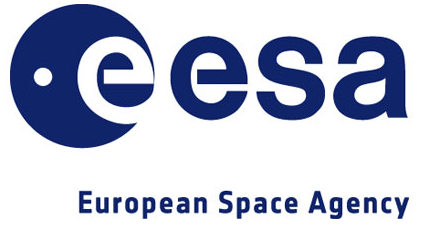How the Curriculum is formed
First and Second year
Students enrolled in the Department of Aerospace Science and Technology will attend during the first two years, courses and workshops that form a solid cognitive background and support the five main pillars of the curriculum: Aerospace (principles and practices, flight engineering, propulsion systems and launch systems, space systems and subsystems, space and satellite applications), Physics (mechanical, thermodynamics, electromagnetism, wave, optics), Mathematics (analysis, probability and statistics, differential equations), Informatics (eg programming, software development, databases and networks), and Computer Engineering (digital design, computer architecture, signals and systems, electronics and circuits).
Third year
In the third year, the Program specializes in the subject of Aerospace, with modern courses, such as design of satellite systems and subsystems and satellite remote sensing, but also the necessary knowledge in interdisciplinary courses, such as telecommunication systems, digital signal and image processing, computer and image processing. and design of aerospace digital systems.
Fourth year
In the fourth and final year, students have the opportunity to choose between two directions: the first concerns the design of satellites, instruments and satellite subsystems (space upstream), and the second the development of satellite remote sensing, navigation and telecommunications applications (space downstream). To support these two directions, elective courses are offered (indicatively mentioned: space organology, satellite communications and links, automation and robotics, radar systems, satellite remote sensing applications, communications and navigation, data visualization, etc.). During the same year, students plan their own application (project) in the subject of micro-satellites, and finally prepare their mandatory dissertation through which they specialize in one of the objects of the Program.
Education
For the completeness of their education but also for the acquisition of research experience, students will participate in modern laboratories that support the courses of the undergraduate program, but also offer the opportunity to develop research activity (indicative: Physics Laboratory, Remote Sensing Laboratory, Design Laboratory and Reliable Digital Systems Architecture, Electronics Laboratory, Aerospace Systems and Subsystems Laboratory).
It is worth noting that from the academic year 2019-2020, the Inter-Institutional Program (National and Kapodistrian University of Athens - School of Sciences and University of Patras - Polytechnic School) of Postgraduate Studies in the subject "SPACE TECHNOLOGY" (http://star.uoa.gr).
Curriculum Summary
Full Curriculum
Κανονισμός Πτυχιακής Εργασίας
Πρακτική Άσκηση
Professors
- Prof. Xanthippe Zianni Physics
- Prof. Char. Lampropoulos Physics
- Prof. Vaios Lappas Aerospace
- Prof. Antonios Fatsis Aerospace
- Prof. Ant. Chatziefremidis Computer Engineering
- Associate Prof. St. Georgantzinos Aerospace
- Associate Prof. N. Kranitis Computer Engineering
- Assistant Prof. Z. Ioannidis Physics
- Assistant Prof. S. Kolios Aerospace
- Assistant Prof. S. Markolefas Aerospace
- Assistant Prof. Ch. Tsigkanos Informatics
- Assistant Prof. Ch. Oikonomakos Informatics
- Assistant Prof. Alexandridis Informatics
- Assistant Prof. D. Ksenakis Informatics
- Dr. G. Dogkas Physics
- Dr. E. Panagiotopoulos Aerospace
- Dr. Κ. Pilaftsis Aerospace
- Dr. G. Rekleitis Aerospace
- Dr. I. Santberg Aerospace
- Dr. P. Tsakanikas Physics
- Dr. Ι. Chelis Physics
Lectures on satellite applications
- Prof. Konstantinos Kartalis
- Prof. Ant. Paschalis






